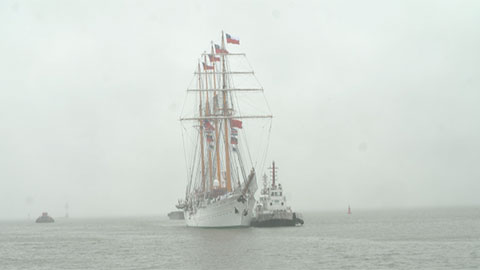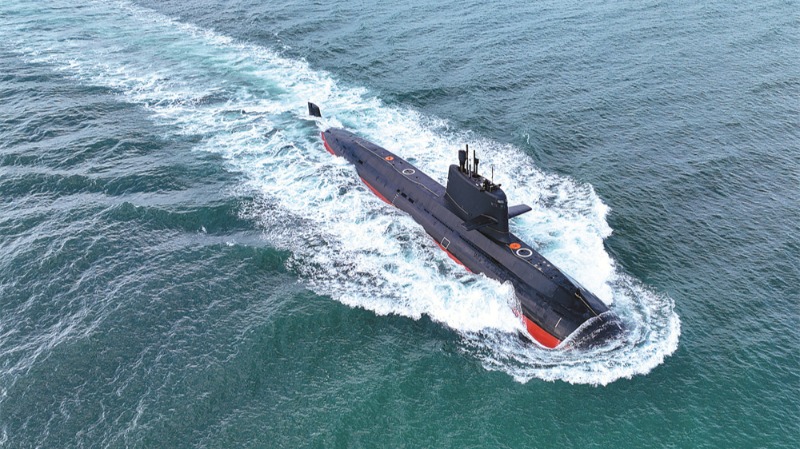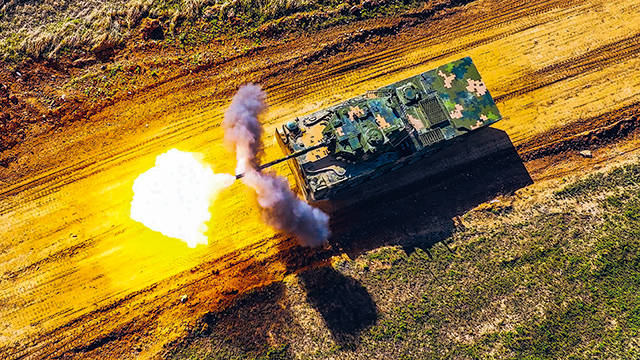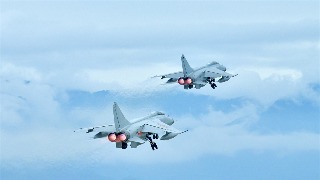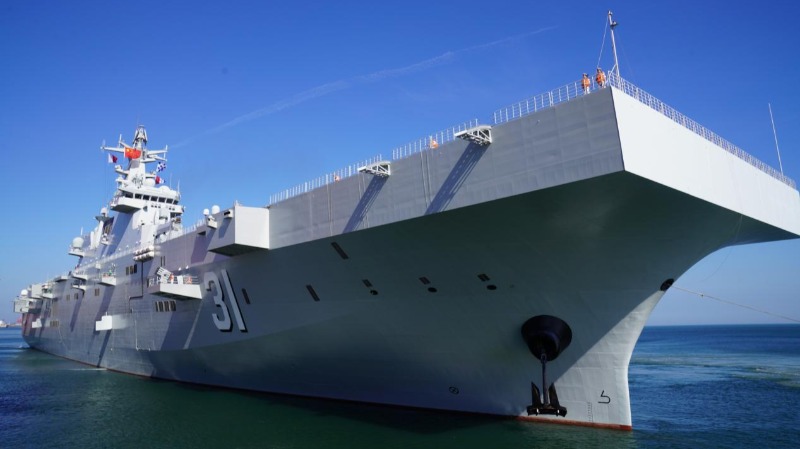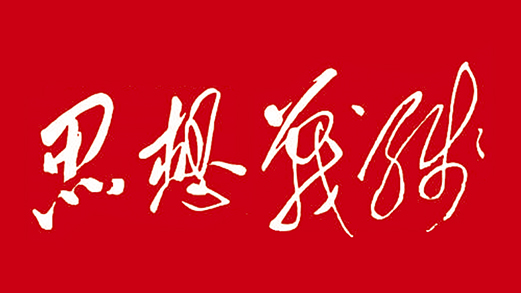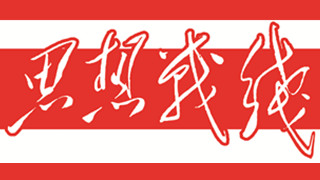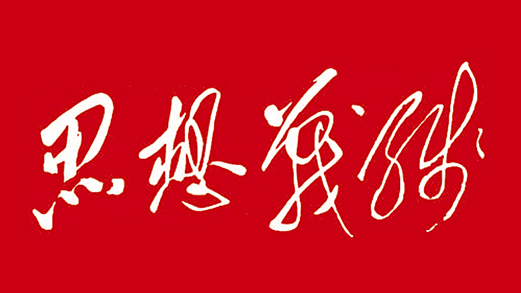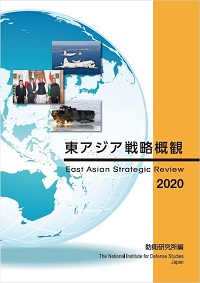
By Guo Yilun and Song Yuchao
The National Institute for Defense Studies (NIDS), the core policy research arm of the Japanese Ministry of Defense, recently issued the East Asian Strategic Review 2020. Since 1997, this annual report has been focusing on "strategic environment and security affairs in East Asia" to conduct annual strategic assessments of neighboring countries and regions and Japan itself. In this year's report, Japan detailed its foreign security policy with the theme of "free and open Indo-Pacific", and proposed to rely on diversified military cooperation to actively expand its influence in the Indian Ocean. The military outline of its "Indo-Pacific Strategy" is already very clear.
The report proposed that Japan's "free and open Indo-Pacific" concept aims to create a "multi-angle, multi-level" security cooperation strategy. That means, in addition to the Japan-US military alliance, Japan will develop military cooperation with South Korea, Australia, India, and ASEAN. Besides, Japan has made a seemingly reasonable excuse for that -- to make up for the lack of American power in East Asia.
At present, the Japan Self-Defense Forces (JSDF) has signed the so-called Acquisition and Cross-Servicing Agreement (ACSA) with the armed forces of Australia, the UK, Canada, France and other countries. The preparations for signing the agreement with India have also been completed. Besides, Japan has also established a "2 + 2" meeting mechanism of foreign ministers and defense ministers with Australia, France, the UK, South Korea, and India. The continuous expansion of joint military exercises with Australia and India is an important measure for the JSDF to accelerate the implementation of its strategic vision. According to incomplete statistics, there are 29 exercises held or participated by the JSDF in 2019. Among them, there are seven joint exercises held or jointly participated by Japan and Australia, and four by Japan and India.
Japan has attempted to maintain a military presence in many parts of the world on the grounds of maintaining "freedom, democracy, and the rule of law" in the wide swath of "the Western Pacific region, Southeast Asia, the Indian Ocean and the vast areas of Africa."
In essence, Japan wants JSDF to go abroad and realize its military intervention in important areas of overseas interests. Since 2017, Japan has sent large ships such as Izumo and Kaga to the Indian and Pacific regions for long-term cruises. The Japan Air Self-Defense Force (JASDF) has also been continuously strengthening its military presence overseas by participating in bilateral and multilateral joint training and overseas navigation training of transport aircraft. In 2019, the JSDF also held an operation called "India-Pacific Deployment 2019", focusing on Japan Maritime Self-Defense Force (JMSDF) to visit and port countries in Southeast Asia and the Indian Ocean and carry out joint training with those countries.
Japan uses military aid to Southeast Asian countries as a lever to increase its regional influence. In recent years, Japan has assisted relevant countries to improve their maritime security capabilities and continue to expand its influence by signing coast guard cooperation agreements with Southeast Asian countries, helping them train coast guard personnel, providing maritime patrol vessels, providing anti-submarine patrol aircraft and trainer aircraft. In November last year, the Japanese Defense Minister Taro Kono attended the ASEAN-Japan Defense Ministers Informal Meeting while attending the ASEAN Defense Ministers' Meeting-Plus in Bangkok. Taro Kono stressed at the meeting that Japan will continue to provide support for enhancing ASEAN's capabilities, especially in technology. Through equipment export, joint training and drill, personnel training, and academic exchanges, Japan is accelerating its military influence in ASEAN region.
It is easy to see that Japan's East Asian Strategic Review 2020 report reflects the country's Cold War thinking. The report tries to find various excuses for JSDF's expansion of its scope and influence and actually helps it break through the restrictions of the pacifist constitution. For such a dangerous trend, the international community should stay highly vigilant.
(The authors are from the Air Force Research Institute of the PLA)








